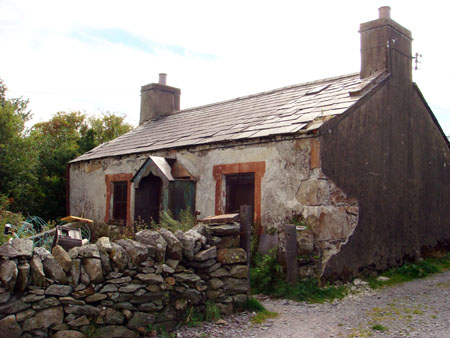People
We work with clients to establish requirements and prioritise solutions. Areas covered include
- Comfort
- Health and well being
- Protection against internal and external sources of pollution
- Zero carbon living
- Fuel poverty reduction
- Grid independence
This covers a wide range of topics, including
- Radiation temperature symmetry
- Daylighting
- Adequate and controlled ventilation
- Removal of particles and pollution from ventilation air
- Kitchen and cooking design
- Calculations of CO2 emissions and energy consumption
Comfort in a challenging location
The client for this project had purchased a Grade II listed quarryman’s cottage west of Snowdon, North Wales. She wished to refurbish the cottage in an environmentally friendly way, making it comfortable and to minimise fuel bills. She would suffer breathing problems if the internal temperature fell below 18°. This cottage had solid 400mm thick walls and was located on wet hill land at 250m above sea level. This project was extremely challenging due to the cold and damp fabric, extreme climatic conditions and also the uncompromising attitude of the local conservation officer.

Quarryman's Cottage in its original condition – unoccupied since the 1960s
- External walls were internally insulated with 75 mm of Diathonite Evolution and 25 mm externally, finished with traditional lime. The effect of the thin layer of external wall insulation is to both protect the stone wall from driving rain and to elevate its temperature a little. This together with the hydroscopic qualities of the Diathonite Evolution was sufficient to eliminate the risk of interstitial condensation, which was demonstrated using WUFI analysis undertaken by Joseph Little. Conventional insulation would have introduced a serious interstitial condensation risk.
- Floors were relaid incorporating breathable insulation and underfloor heating.
- Space and water heating were provided by ground source heat pump served by two boreholes. This form of underfloor heating would not have kept the cottage adequately warm had we not been able to insulate it. The client is in receipt of Renewable Heat Incentive payments which will pay for the cost of the system.
